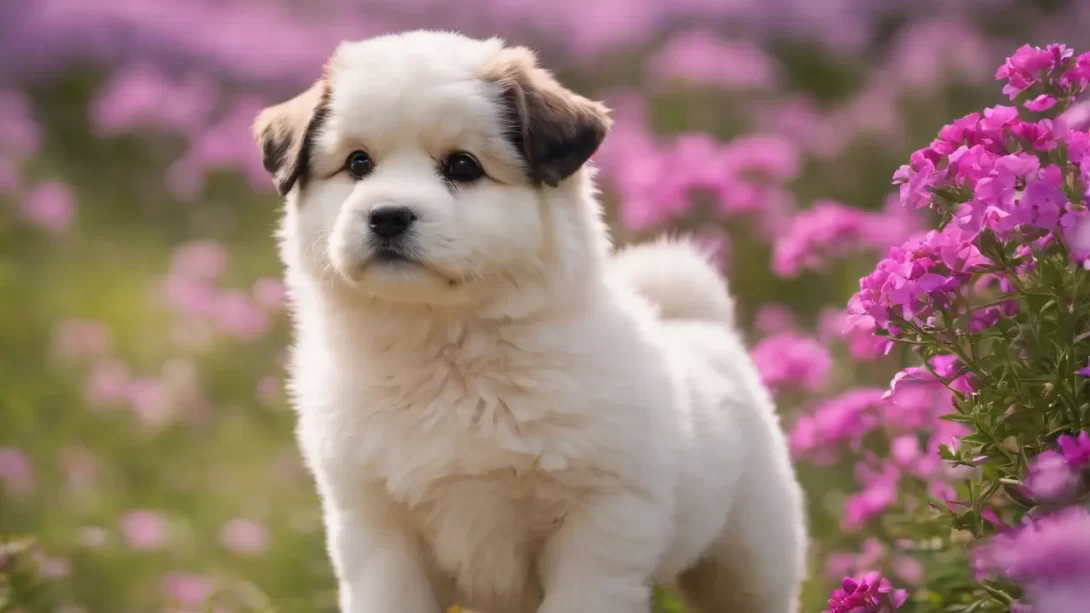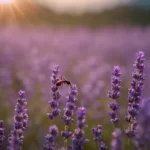Phlox, with its vibrant blooms and varied species, is a favorite among gardeners for adding color and fragrance to gardens. However, for dog owners, a primary concern when choosing garden plants is their pet’s safety. This article addresses a crucial question for pet-friendly gardening: Is Phlox poisonous to dogs? Understanding the potential risks associated with Phlox is essential for creating a safe and enjoyable garden space for both the owner and their furry companions.
Phlox
Phlox is a genus of flowering plants known for its beautiful, star-shaped flowers, which come in a range of colors including pink, purple, white, and blue. There are several species of Phlox, with the most common being Phlox paniculata (garden phlox) and Phlox subulata (creeping phlox). Garden Phlox typically has a taller, upright growth habit, while Creeping Phlox is low-growing and often used as a ground cover. Phlox thrives in well-drained soil and is often found in sunny to partially shaded areas. Its popularity in gardens is due not only to its aesthetic appeal but also to its ease of cultivation and maintenance.
Plant Toxicity Basics
When considering the addition of any plant to a garden where pets roam, it is important to understand plant toxicity. Toxicity in plants can vary greatly, with some plants containing compounds that can cause mild discomfort to pets, while others may contain more severe toxins. The impact of a toxic plant on a dog can depend on several factors, such as the amount ingested, the size of the dog, and the specific toxic compounds present in the plant. For dog owners, recognizing potentially harmful plants and understanding the symptoms of plant toxicity are critical for keeping their pets safe.
Phlox and Its Toxicity to Dogs
Concerning Phlox and its potential toxicity to dogs, the good news is that Phlox is generally considered non-toxic to dogs. This means that, under most circumstances, ingestion of Phlox by dogs does not lead to severe poisoning or life-threatening situations. However, it’s important to note that even non-toxic plants can sometimes cause mild stomach upset in dogs if ingested in large quantities. Individual sensitivities can also vary among dogs, so it’s wise to be cautious and monitor any dog that has ingested a significant amount of plant material.
Symptoms of Poisoning in Dogs
While Phlox is not typically toxic, it’s crucial to be aware of general symptoms of poisoning in dogs. These can include vomiting, diarrhea, excessive drooling, lethargy, and loss of appetite. If a dog exhibits any of these symptoms after ingesting any plant, including Phlox, it’s important to consult a veterinarian. The severity of symptoms can vary based on the amount ingested and the dog’s individual reaction. Immediate veterinary attention is necessary if the dog shows signs of distress or severe symptoms.
Safety Measures for Dog Owners
To ensure the safety of dogs in gardens with Phlox or other plants, there are several precautionary measures that dog owners can take. Firstly, while Phlox is generally safe, it’s always good practice to discourage dogs from eating plants. Training dogs to avoid garden areas or supervising them while they are in the garden can prevent unwanted plant ingestion. Additionally, familiarizing oneself with the common plants in the garden and their potential risks to pets is beneficial. For households with particularly curious or young dogs, consider using physical barriers or choosing plant varieties that are known to be non-toxic.
First Aid and Treatment
If a dog ingests a significant amount of Phlox, or any garden plant, and exhibits mild symptoms such as slight stomach upset, monitoring the dog closely for any escalation in symptoms is key. Ensuring the dog has access to water and a quiet place to rest can help. However, in cases where symptoms are more severe or persistent, such as continuous vomiting, severe diarrhea, or signs of distress, immediate veterinary attention is essential. A veterinarian can assess the situation, provide appropriate treatments, and offer guidance on care and recovery. It’s always better to be cautious and seek professional advice when it comes to the health and safety of your pet.
Safety Measures for Dog Owners
Creating a dog-friendly garden involves more than choosing non-toxic plants. Regular garden maintenance, such as removing any fallen leaves or flowers, can reduce the risk of accidental ingestion. Additionally, keeping an eye on the overall health of your garden plants is important, as sick or dying plants may attract dogs and can sometimes be more harmful if ingested.
Conclusion
In conclusion, Phlox is generally considered a safe plant for dogs, posing minimal risk of toxicity. However, dog owners should still practice caution and supervise their pets in the garden to prevent any potential issues. Recognizing symptoms of plant ingestion and knowing how to respond can help ensure the safety and well-being of your canine companion. With the right precautions, Phlox can be a beautiful and harmless addition to a pet-friendly garden, allowing both dogs and their owners to enjoy the outdoors together safely.



